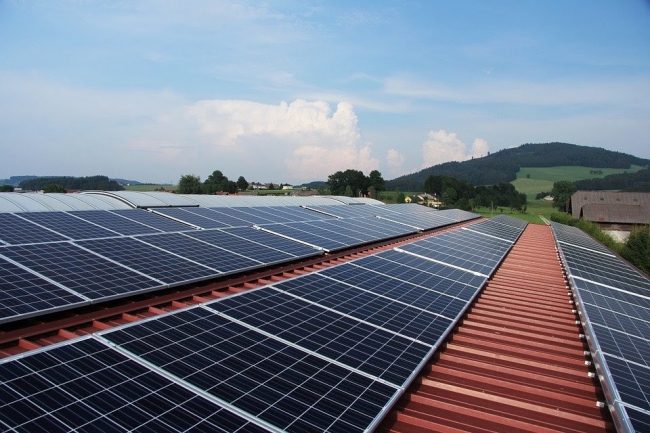Jul 14, 2020
The ideal place to install a photovoltaic system is the roof, as it is usually where the most sunlight comes in, otherwise, it would be idle space. Is a PV roof system suitable for your house, but what type of roof is suitable for solar panels?
The first step is to ensure that you have your own roof. Assuming this is the case, let's take a look at each variety, as well as other factors to consider.
The most common solar installations are installed on sloping tile roofs. There are three ways to do this: connect the panel to the bracket above the tiles, remove a section of tiles to install the "roof" panel, or directly cover the roof with solar tiles. Most tiled roofs are suitable for these methods (although anything on the roof is usually only done during renovation or new construction), but rosemary and slate tiles are more expensive than concrete because of the increased likelihood of cracking.
Solar energy can also be installed on a standard installation system for asphalt shingle roofs.
Metal roofs are very straightforward to install. When they have standing seams, you can clamp the panel frame without drilling into the roof. Corrugated roofs can also be installed using non-penetrating shelves similar to joint fixtures, which is usually the fastest and most cost-effective method. As one of the most durable roofing materials, the service life of metal roofs is usually longer than that of the solar system, thus avoiding complicated future renovation work.
You can install solar panels on a flat roof, but they require a professional mounting system to raise them to the proper angle and provide ballasts. Designing the system also requires a trade-off between filling available space and leaving shaded spaces between the rows of modules. Please note that flat roofs for homes almost always require planning permission, while commercial roofs are usually possible.
Perhaps surprisingly, green roofs are actually very suitable for photovoltaic power generation-together they form a bio-solar roof. However, solar panels do need to be installed at the same time as the green roof because they are installed under the growth medium to reduce their weight. On the other hand, transpirational vegetation keeps the panels well ventilated.

In the UK, the best position of the sun is to face south at the highest point of the sun. If you don’t have a south-facing roof, you can still generate considerable electricity from south to east or from south to west. However, anything that faces north is not suitable because it simply does not get enough sunlight to justify the cost.
In the United Kingdom, the optimal angle for solar photovoltaic power generation is 35-40 degrees from the horizontal, but any roof that slopes beyond this range will only generate a small amount of power generation. On flat roofs, the panels are installed at a 10-degree angle to maximize the use of space and shade.
The sunshade is the enemy of solar energy, so a completely shaded roof is impossible. Check your roof to see the effects of tree shades, chimneys, and shadows of surrounding buildings. Partial shadows on the roof surface can be handled by careful placement and power optimization.
The above information is provided by a photovoltaic system design company.
How Do Solar Panels Help The Environment?
Nov. 23, 2021
Follow Us
Navigation